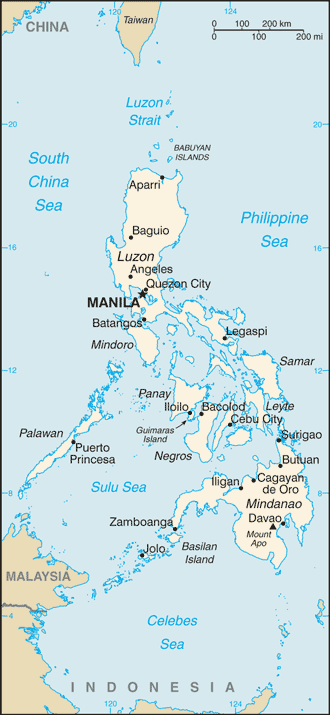Investing in Philippines


Philippine GDP grew 7.3% in 2010, spurred by consumer demand, a rebound in exports and investments, and election-related spending. The economy weathered the 2008-09 global recession better than its regional peers due to minimal exposure to troubled international securities, lower dependence on exports, relatively resilient domestic consumption, large remittances from four- to five-million overseas Filipino workers, and a growing business process outsourcing industry. Economic growth in the Philippines averaged 4.5% during the MACAPAGAL-ARROYO administration. Despite this growth, poverty worsened, because of a high population growth rate and inequitable distribution of income. The AQUINO administration is working to reduce the government deficit from 3.9% of GDP, when it took office, to 2% of GDP by 2013. The government has had little difficulty issuing debt both locally and internationally to finance the deficits. AQUINO's first budget emphasizes education, health, conditional cash transfers for the poor, and other social spending programs, relying on the private sector to finance important infrastructure projects. Weak tax collection, exacerbated by new tax breaks and incentives, has limited the government's ability to address major challenges. The AQUINO administration has vowed to focus on improving tax collection efficiency - rather than imposing new taxes - as a part of its good governance platform.
Central Bank of the Philippines - http://www.bsp.gov.ph/
Chevron Philippines - http://www.chevron.com/countries/philippines/
Philippine Stock Exchange - http://www.pse.com.ph/
Philippine National Bank (PNB) - http://www.pnb.com.ph/
Philippines News
Manila Times - http://www.manilatimes.net/
Learn more:
Back to Country Investing



